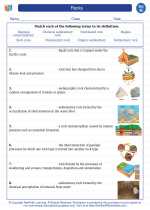Respiratory System
The respiratory system is responsible for the exchange of gases in the body. It is made up of the lungs, airways, and the muscles that help move air into and out of the body.
Parts of the Respiratory System
The respiratory system consists of the following parts:
- Nose and nasal cavity: Warms, moistens, and filters the air as it is inhaled.
- Pharynx: Passageway for air and food.
- Larynx: Contains the vocal cords and functions as the voice box.
- Trachea: Windpipe that carries air to the lungs.
- Bronchi: Two main branches of the trachea that lead into the lungs.
- Lungs: Organs where gas exchange occurs.
- Diaphragm: Muscle that helps in the process of breathing.
Respiration Process
The process of respiration involves inhalation and exhalation:
- Inhalation: The diaphragm contracts and moves downward, while the rib muscles contract, causing the chest cavity to expand. This creates a vacuum, and air is drawn into the lungs.
- Exhalation: The diaphragm relaxes and moves upward, while the rib muscles relax, causing the chest cavity to contract. This increases the pressure in the lungs, and air is forced out.
Gas Exchange
Within the lungs, oxygen from the inhaled air diffuses into the bloodstream, while carbon dioxide from the blood diffuses into the air in the lungs. This gas exchange occurs in the alveoli, which are tiny air sacs in the lungs.
Disorders of the Respiratory System
Some common disorders of the respiratory system include asthma, bronchitis, pneumonia, and lung cancer.
Study Tips
When studying the respiratory system, it's important to focus on the functions of each part and their roles in the process of respiration. You can also create diagrams to help visualize the pathway of air through the respiratory system.
.◂Science Worksheets and Study Guides Eighth Grade. Rocks
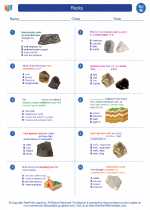
 Worksheet/Answer key
Worksheet/Answer key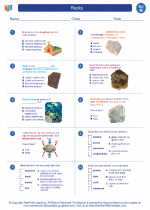
 Worksheet/Answer key
Worksheet/Answer key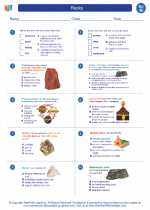
 Vocabulary/Answer key
Vocabulary/Answer key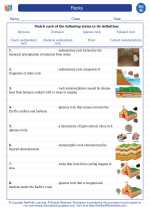
 Vocabulary/Answer key
Vocabulary/Answer key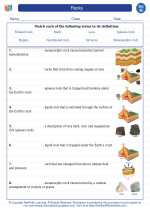
 Vocabulary/Answer key
Vocabulary/Answer key